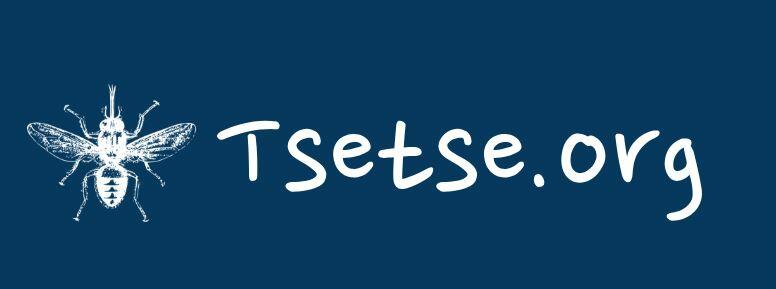
LSTM’s Professor Steve Torr has announced the relaunch of the website tsetse.org, designed to provide programmes and information to assist in the planning and implementation of tsetse control operations in endemic countries.
Set up while Professor Torr was at the Natural Resources Institute of the University of Greenwich the site was funded by the Animal Health Programme of the UK’s Department for International Development and comprises of partners from the UK, Europe and endemic countries. Dr Andrew Hope, Programme Manager at LSTM, and Gill Wareing, Web Editor in LSTM’s Communication Team, have taken the earlier site, originally developed in 2004, and redesigned it to take account of improved internet access, modern standards of web design and advances in tsetse technology to include some of the research carried out at LSTM, including the development of the Tiny Targets and other bait technologies.
Professor Torr said: “Tsetse.org was set up to provide practical tools to those who need to make decisions about tsetse control in the fight against trypanosomiasis, which effects both humans and animals. It provides a platform that includes decision tools, information about bait technologies, along with a number of frequently asked questions, all backed up with rigorous research from esteemed institutions worldwide. We think that this redesigned and updated site will be even more user friendly and I look forward to receiving feedback from those using it.”
African trypanosomiasis, also known as sleeping sickness, is a parasitic disease spread by the bite of an infected tsetse fly. Classed as a neglected tropical disease (NTD) it occurs in around 36 countries across sub-Saharan Africa. Outbreaks of sleeping sickness in the 1990s were estimated to affect up to 300,000 people but concerted efforts have brought the global burden down to fewer than 3,000 new cases/year paving the way towards elimination. Nagana, the animal version of the disease has a significant economic impact, particularly on subsistence farmers in some of the world’s poorest communities.